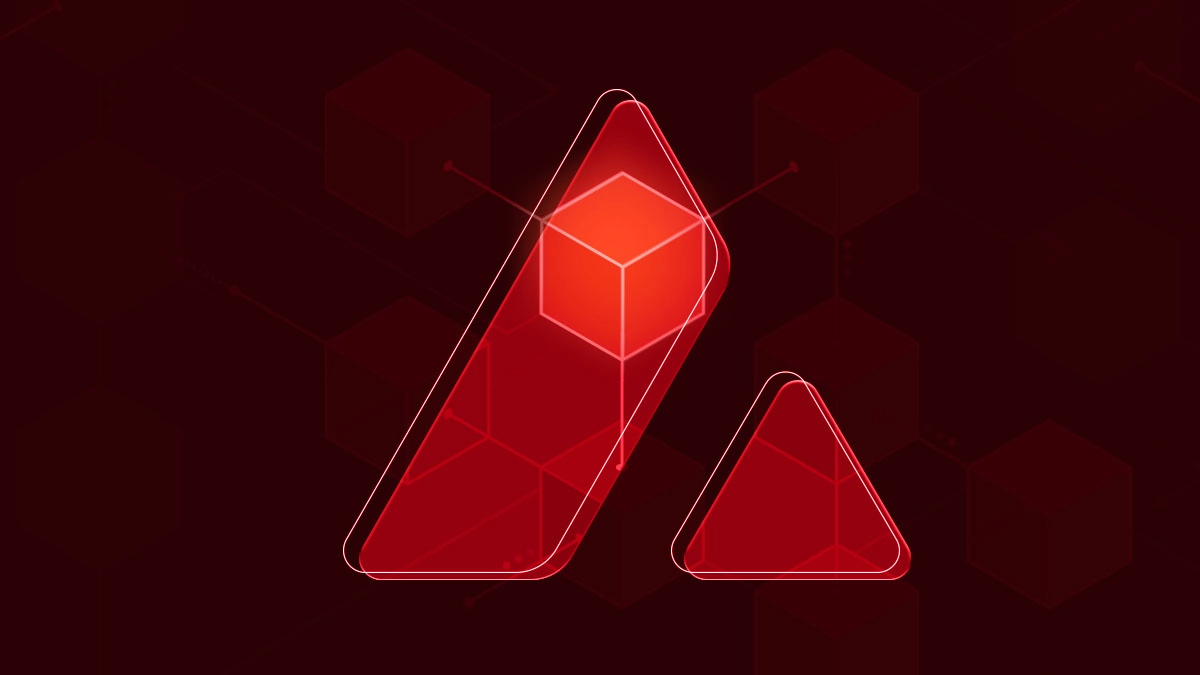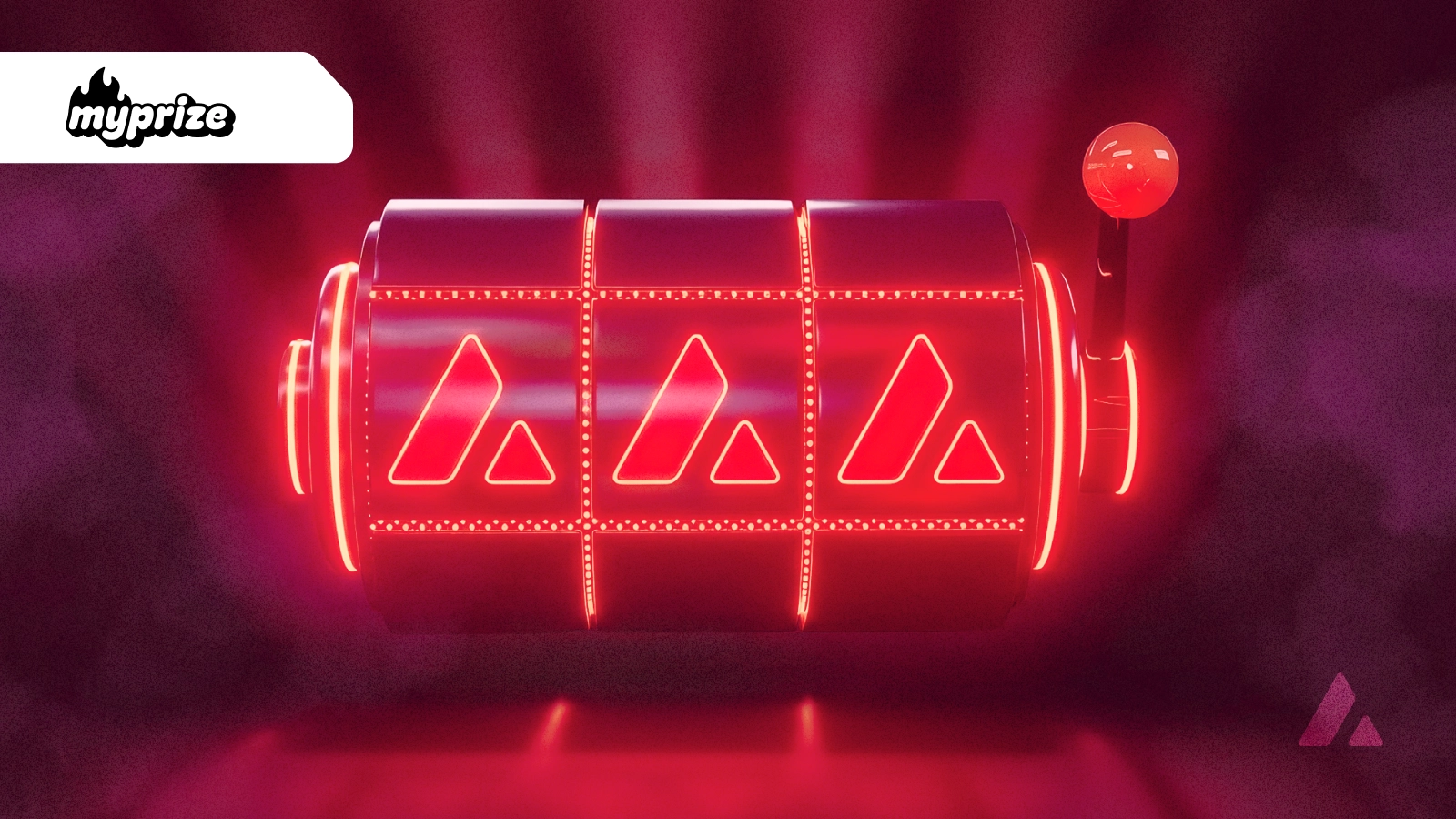10 Blockchain Myths that Business Leaders Shouldn't Believe
10 Blockchain Myths that Business Leaders Shouldn't Believe
Jul 25, 2025 / By Avalanche / 5 Minute Read

Understanding the realities of blockchain technology is crucial for business leaders aiming to harness its potential.
If you're interested in the blockchain and just starting to dip your toes into the water, you've likely heard a few "interesting" things:
"Blockchain is just cryptocurrency."
"Anyone can see your data on the blockchain."
“Blockchain isn’t ready for business applications.”
These words of caution come from well-meaning coworkers and industry peers. But they’re all myths that can keep you from evaluating blockchain’s true potential for your business. Here’s a quick look at ten blockchain myths and the truth about each one.
Myth #1: The Blockchain Is Only About Cryptocurrency
Yes, blockchain technology gained prominence through cryptocurrencies like Bitcoin, but its applications don’t start and end there. Blockchain is a platform for developing and cryptocurrency is just one of its use cases.
Companies in manufacturing, pharmaceuticals, and other industries use blockchain for a wide array of uses, including:
Tracking materials and products through the supply chain
Creating next-generation customer loyalty programs
Automating transactions (like procurement or real estate purchases)
Myth #2: All Blockchains Are Public and Transparent
Not all blockchains are public. Many companies use private blockchains to manage internal IT systems that trade broad decentralization for more privacy, security, and control. Private (or consortium), permissioned blockchains offer greater control over data and can be tailored to meet specific business requirements.
These private platforms are inherently less decentralized than public and permissionless blockchains. But they’re still using blockchain, and they demonstrate how flexible the technology can be.
Myth #3: Blockchain Is Not Secure
Blockchain's decentralized nature and cryptographic techniques provide robust security features. While no system is entirely immune to threats, blockchain's structure makes unauthorized data alterations exceedingly difficult. Security concerns often arise from external factors like poor implementation or compromised endpoints, rather than the blockchain itself.
Since it's impossible to completely eliminate risks, some blockchain setups include capabilities to add additional encryption or consensus protections. These help to maintain the integrity of chains that carry PII or other sensitive data.
Myth #4: Blockchain Is Inefficient and Costly
Early blockchain implementations, particularly those using Proof-of-Work (PoW) consensus mechanisms, remain resource-intensive. However, newer forms of consensus like Proof-of-Stake (PoS) have significantly reduced energy consumption and operational costs, which leads to lower implementation and maintenance costs.
Avalanche launched an update last year that makes creating and administering a chain far more cost effective, even under heavy usage. With the right platform properly configured, blockchain can be more efficient and cost-effective than legacy technology.
Myth #5: Blockchain Transactions Are Always Slow
This myth comes from early blockchain networks prioritizing decentralization over speed, leading to delays in transaction processing. However, blockchain performance has drastically improved. Modern blockchain platforms are built for speed and scalability, often finalizing transactions in seconds rather than minutes or hours. Avalanche in particular boasts sub-second finality.
The performance of a blockchain depends heavily on its consensus mechanism and infrastructure design. Platforms that use efficient consensus algorithms like Avalanche's Snowman Consensus can deliver high throughput without sacrificing decentralization or security. This makes them suitable for real-world business use cases, including financial transactions, data verification, and enterprise applications where speed is critical.
Myth #6: The Blockchain Is Completely Anonymous
Blockchain transactions are pseudonymous, not anonymous. This might seem like a slight difference, but it profoundly impacts how the technology is used.
Pseudonymous simply means that users are identified by alphanumeric addresses. Their identity isn't connected to this address out of the box. Instead, users can only be linked to that address if they share personal information.
However, complete transaction histories are publicly accessible on many blockchains, meaning that nothing you do is private from that chain. Advanced analytics can link addresses to real-world identities based on user behavior, especially when combined with other data sources.
Myth #7: The Blockchain Is Only Useful for the Financial Sector
Beyond finance, blockchain has found applications in various sectors.
In healthcare, it aids in secure patient data management.
In logistics, it enhances supply chain transparency.
In food and grocery service, it promotes knowledge and traceability around food quality.
In the public sector, it can improve record-keeping and reduce fraud.
The value of this technology extends across industries. There’s no shortage of real-world examples of these critical applications.
Myth #8: The Blockchain Is Immutable
Even though many blockchains claim immutability, this isn't necessarily the case. While blockchain records are designed to be tamper-resistant, changes can be made under certain circumstances (for example, with majority consensus, actors can change records in some chains). However, such alterations are typically transparent and require significant agreement, ensuring data integrity.
Myth #9: A Blockchain Is a Database Replacement
Blockchain is not a traditional database; it's a distributed ledger. It's optimized for recording transactions in a secure and verifiable manner, not for general data storage or complex queries. Businesses often use blockchain in conjunction with traditional databases to leverage the strengths of both.
Myth #10: The Blockchain Is Only for Large Enterprises
Blockchain solutions are scalable and can be tailored to fit organizations of all sizes. Even without extensive infrastructure, small and medium-sized businesses can benefit from blockchain's features, such as improved transparency, reduced fraud, and streamlined operations.
Get Real Information to Take Your Next Steps with Blockchain
Understanding the realities of blockchain technology is crucial for business leaders aiming to harness its potential. With these myths busted, you can make more informed decisions about integrating blockchain into your operations.
Explore more blockchain for business resources at our Enterprise and Consumer hub.




